Ancient Chinese literature refers to the Zhaozhou Bridge as a "crescent moon rising from the clouds" or a "rainbow in the sky." Throughout its history, it has been known as the Anchi or Anji Bridge (literally "safe crossing"), the Dashi Bridge ("big stone"), and the Dashiqiao ("great stone") Bridge.
0-1000
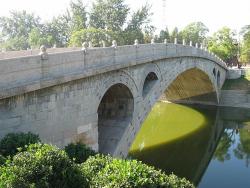
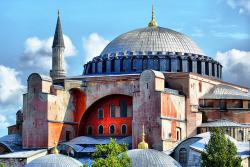
The church of Hagia Sophia (literally "Holy Wisdom") in Constantinople, now Istanbul, was first dedicated in 360 by Emperor Constantius, son of the city's founder, Emperor Constantine. Hagia Sophia served as the cathedra, or bishop's seat, of the city. Originally called Megale Ekklesia (Great Church), the name Hagia Sophia came into use around 430. The first church structure was destroyed during riots in 404; the second church, built and dedicated in 415 by Emperor Theodosius II, burned down during the Nika revolt of 532, which caused vast destruction and death throughout the city.
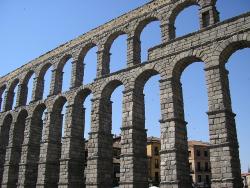
For 2,000 years, Aqueducto de Segovia has been conveying drinking water from the Frio River to Segovia, approximately 18 kilometers away. Built under the reign of Roman emperor Trajan, the aqueduct is one of the most intact and best-preserved Roman engineering masterpieces. Roman engineers built the channel of the aqueduct with an average one percent gradient over its whole length.
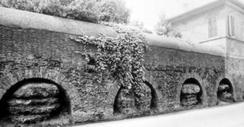
The roman emperor Trajan ordered a new aqueduct be built to bring fresh water to Italy's Trastevere region and parts of Rome. The water is collected from five springs that feed the lake at Bracciano, and traverses over 25 miles into Rome. To maintain an even gradient, the aqueduct follows a meandering alignment through the countryside to avoid hills and major valleys. The water runs through an open-channel canal that is either arch-supported, at-grade, or underground.
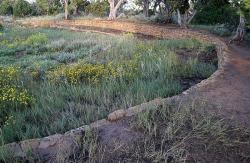
Four prehistoric reservoirs at Mesa Verde National Park were constructed and used between AD 750 and AD 1180. They are: Morefield Reservoir (in Morefield Canyon), Far View Reservoir (on Chapin Mesa), Sagebrush Reservoir (on an unnamed mesa), and Box Elder Reservoir (in Prater Canyon). These four ancient reservoirs represent extraordinary engineering achievements by the Ancestral Puebloan people. In an arid environment with very little surface water, these prehistoric people found ways to route and capture runoff to create sustainable domestic water supply reservoirs.
Innovations
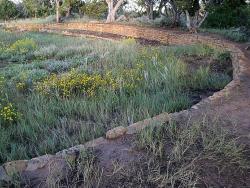
Four prehistoric reservoirs at Mesa Verde National Park were constructed and used between AD 750 and AD 1180. They are: Morefield Reservoir (in Morefield Canyon), Far View Reservoir (on Chapin Mesa), Sagebrush Reservoir (on an unnamed mesa), and Box Elder Reservoir (in Prater Canyon). These four…
Read More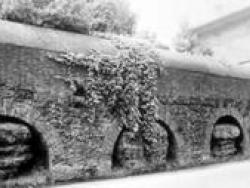
The roman emperor Trajan ordered a new aqueduct be built to bring fresh water to Italy's Trastevere region and parts of Rome. The water is collected from five springs that feed the lake at Bracciano, and traverses over 25 miles into Rome. To maintain an even gradient, the aqueduct follows a…
Read More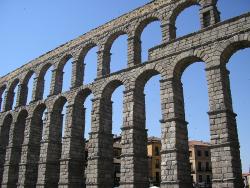
For 2,000 years, Aqueducto de Segovia has been conveying drinking water from the Frio River to Segovia, approximately 18 kilometers away. Built under the reign of Roman emperor Trajan, the aqueduct is one of the most intact and best-preserved Roman engineering masterpieces. Roman engineers built…
Read More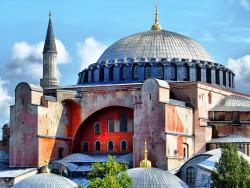
The church of Hagia Sophia (literally "Holy Wisdom") in Constantinople, now Istanbul, was first dedicated in 360 by Emperor Constantius, son of the city's founder, Emperor Constantine. Hagia Sophia served as the cathedra, or bishop's seat, of the city. Originally called Megale Ekklesia (Great…
Read More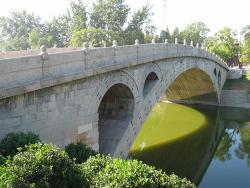
Ancient Chinese literature refers to the Zhaozhou Bridge as a "crescent moon rising from the clouds" or a "rainbow in the sky." Throughout its history, it has been known as the Anchi or Anji Bridge (literally "safe crossing"), the Dashi Bridge ("big stone"), and the Dashiqiao ("great stone")…
Read More

